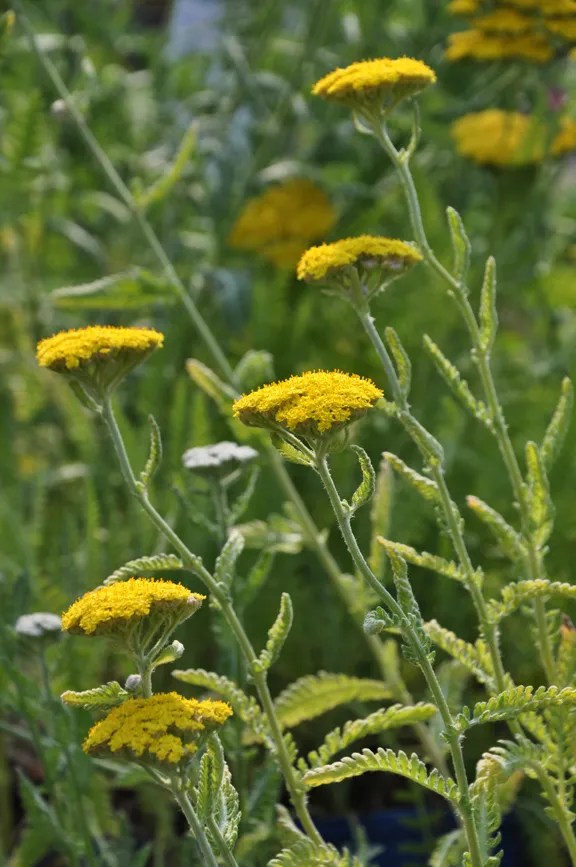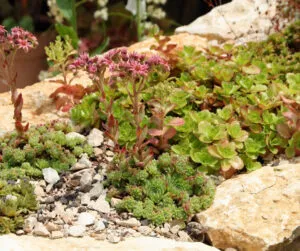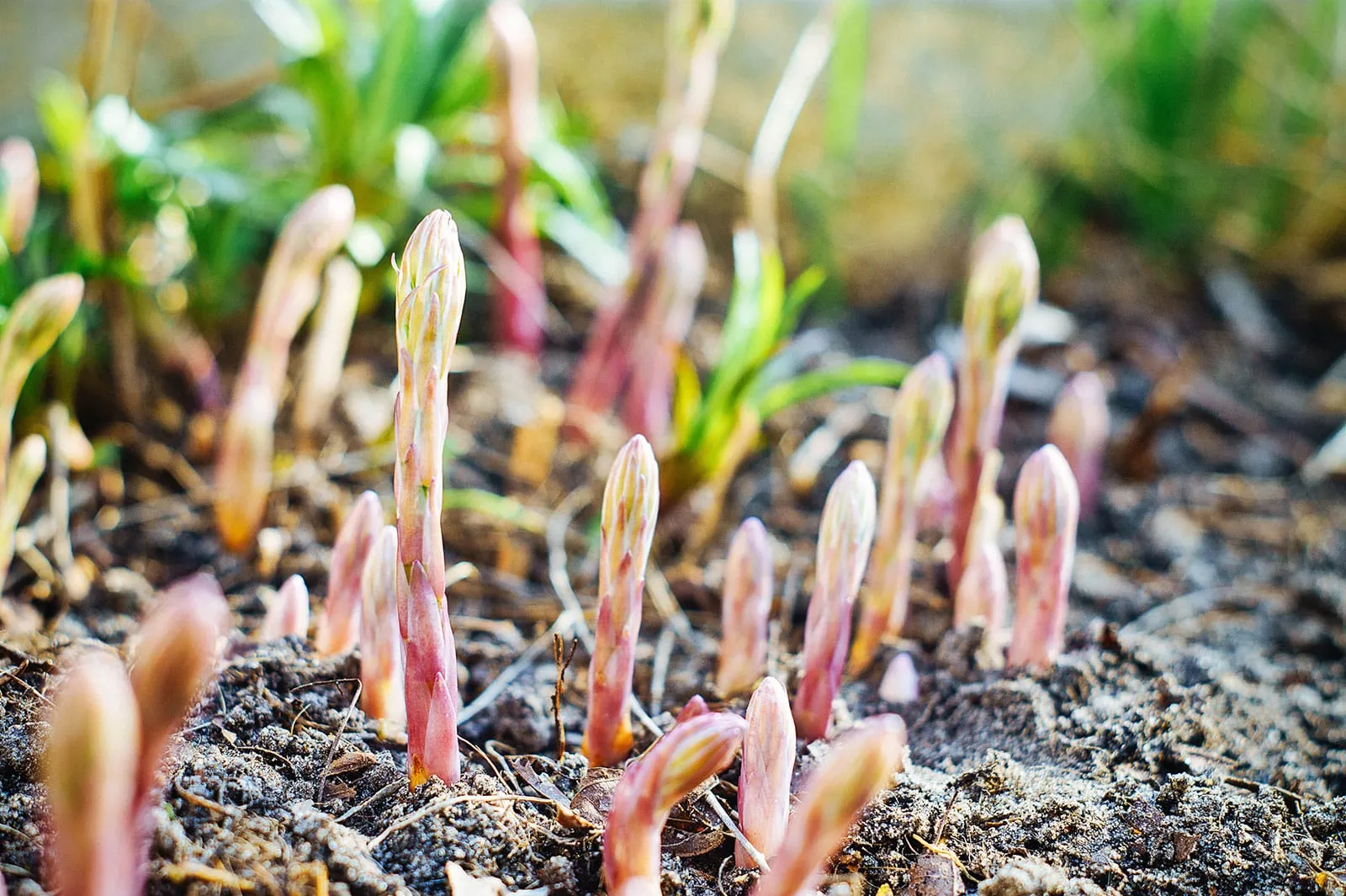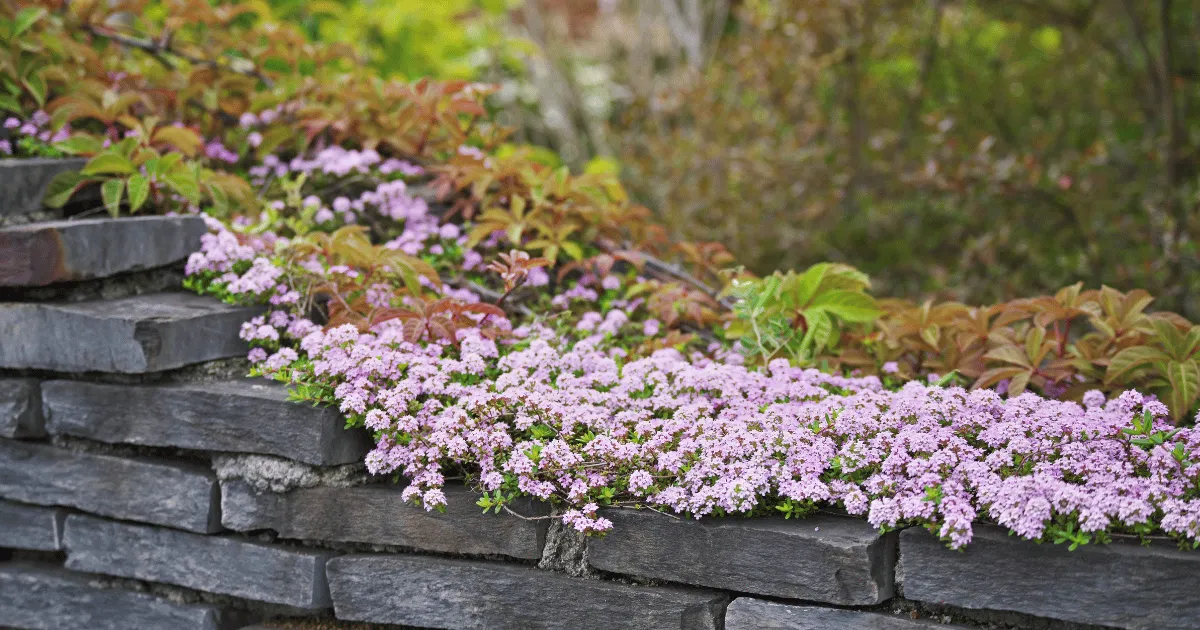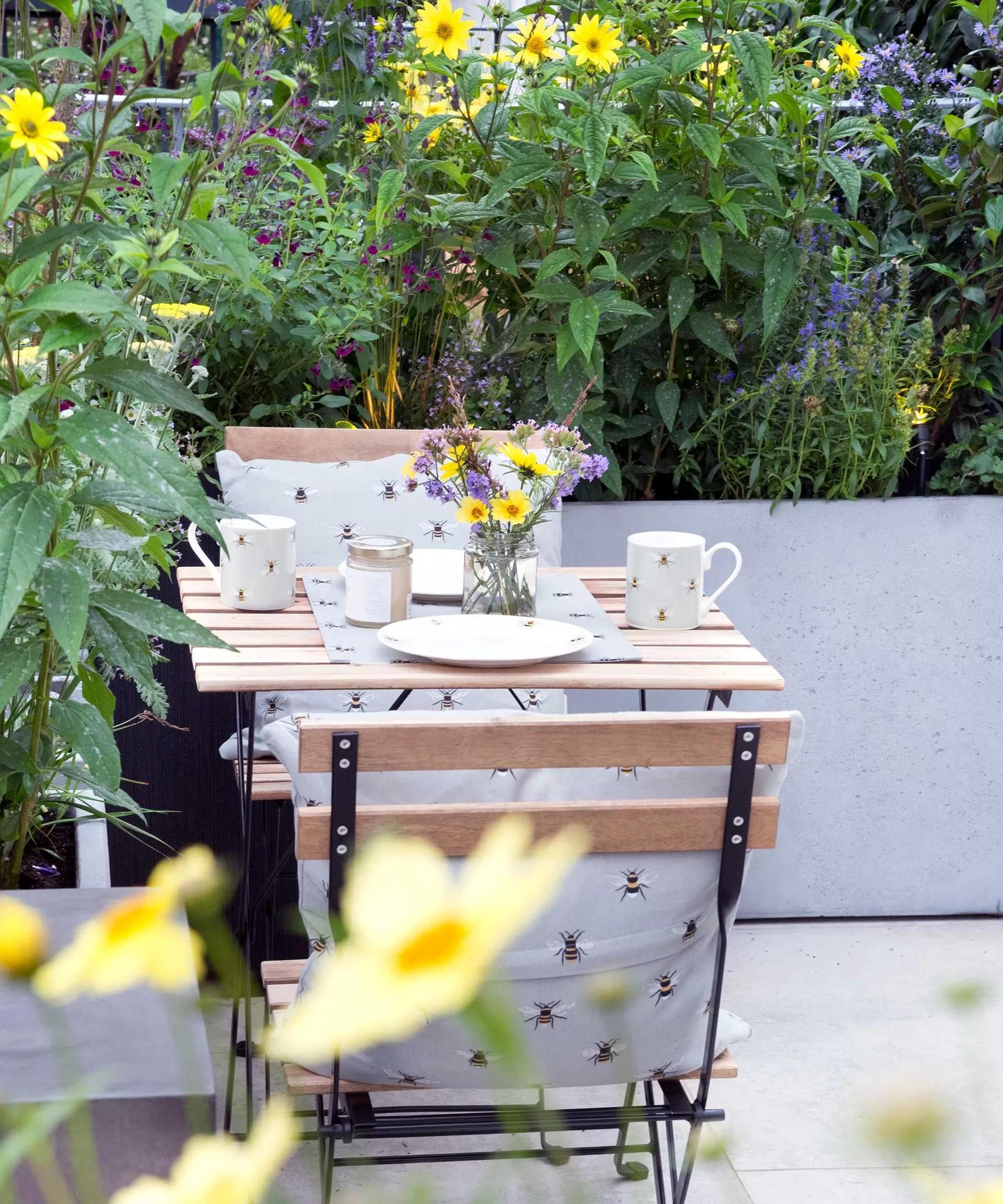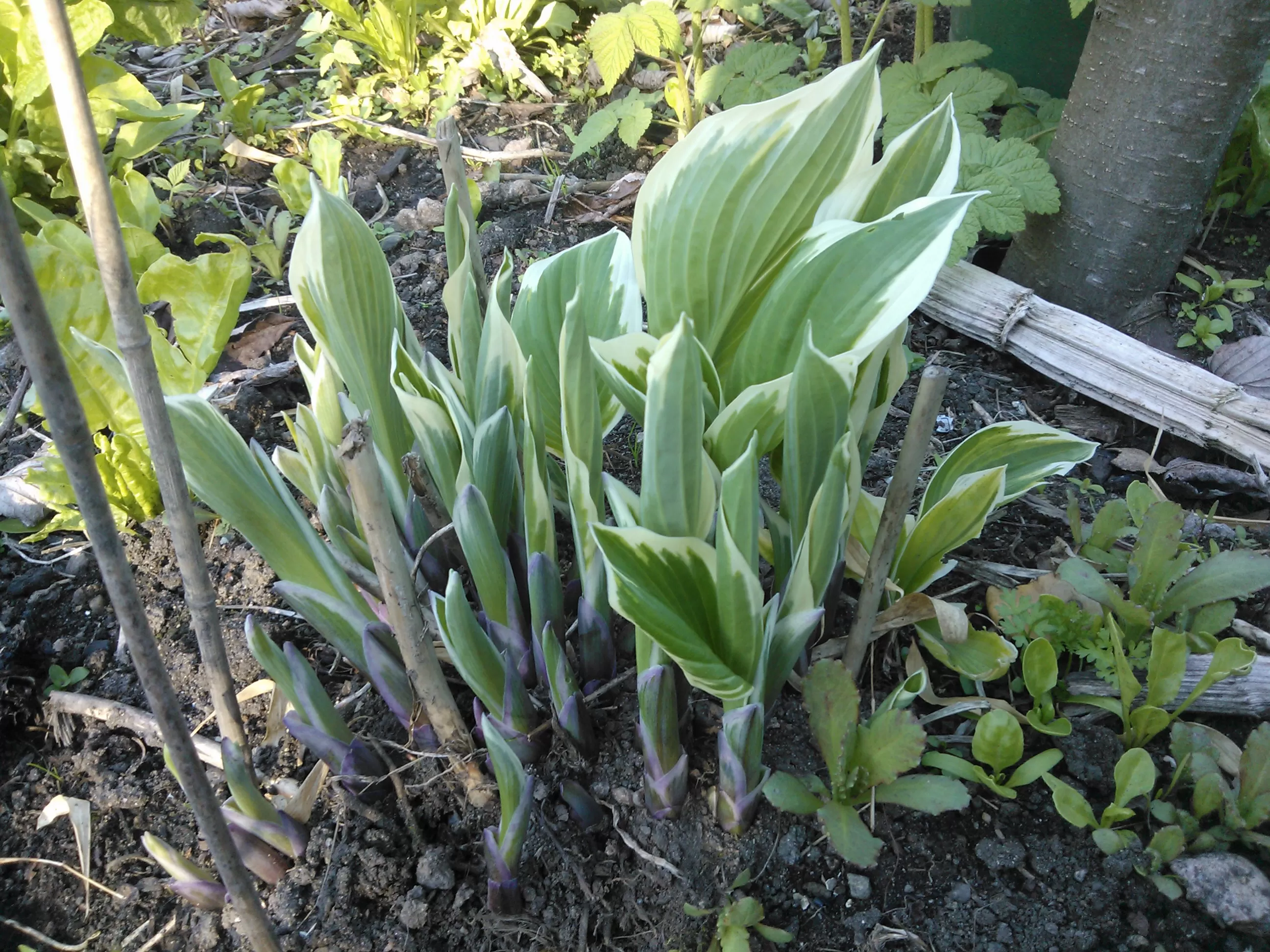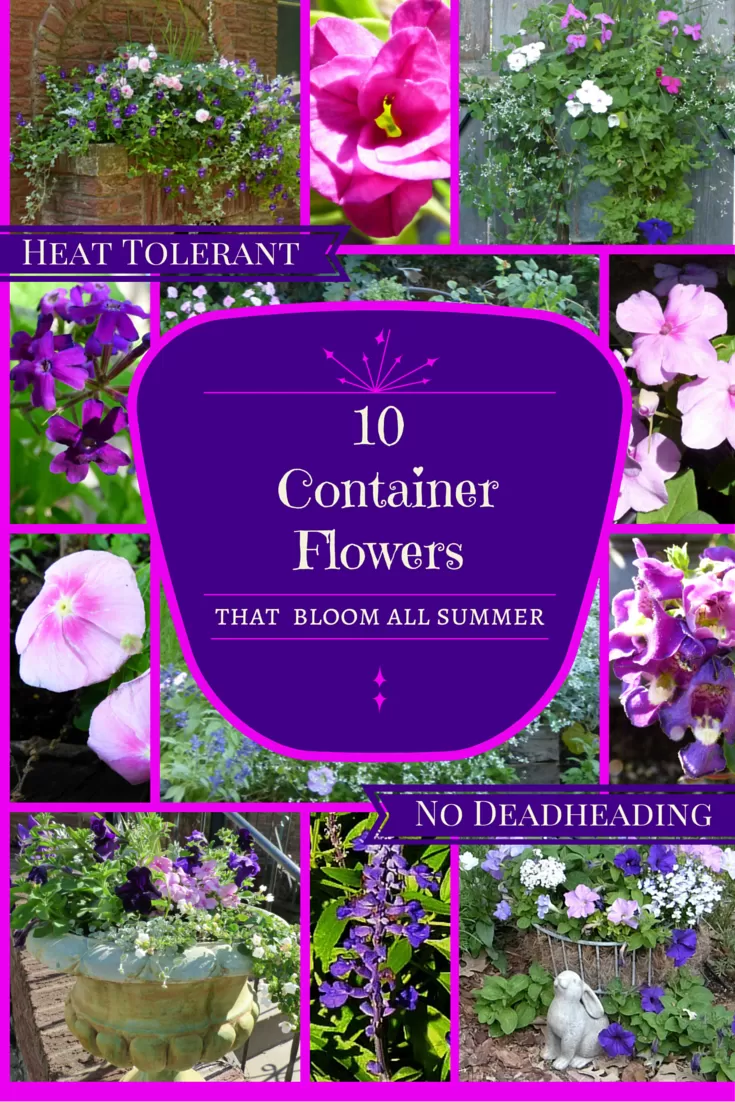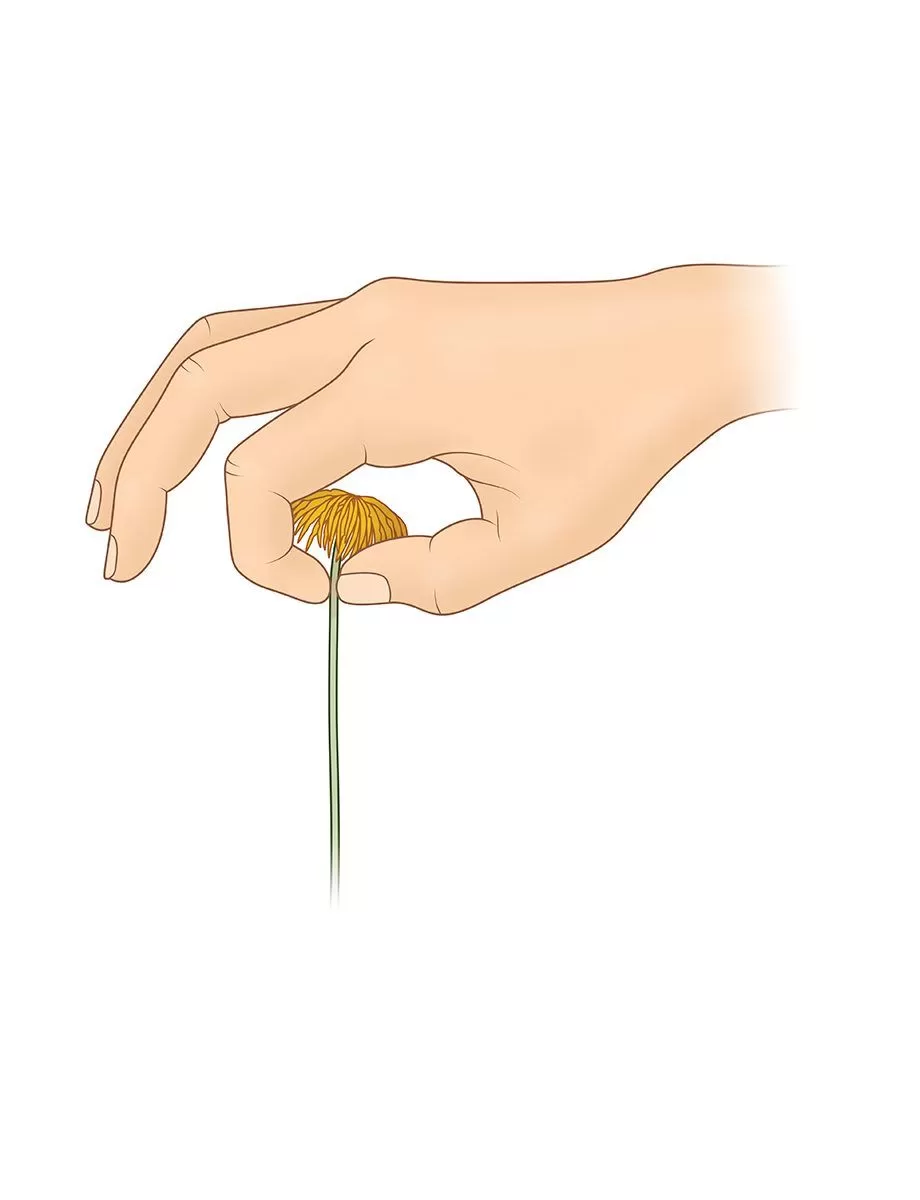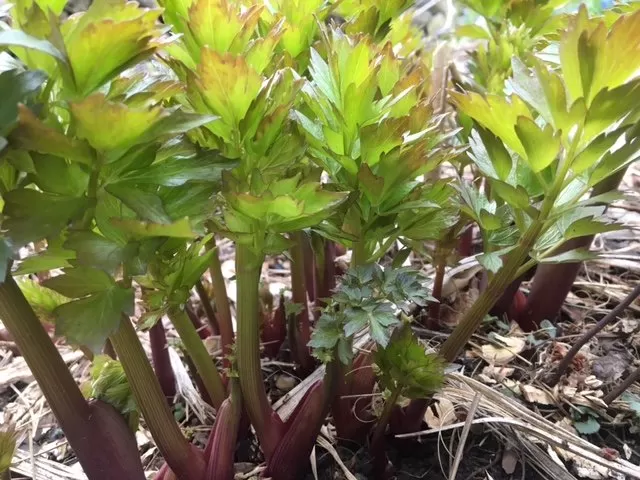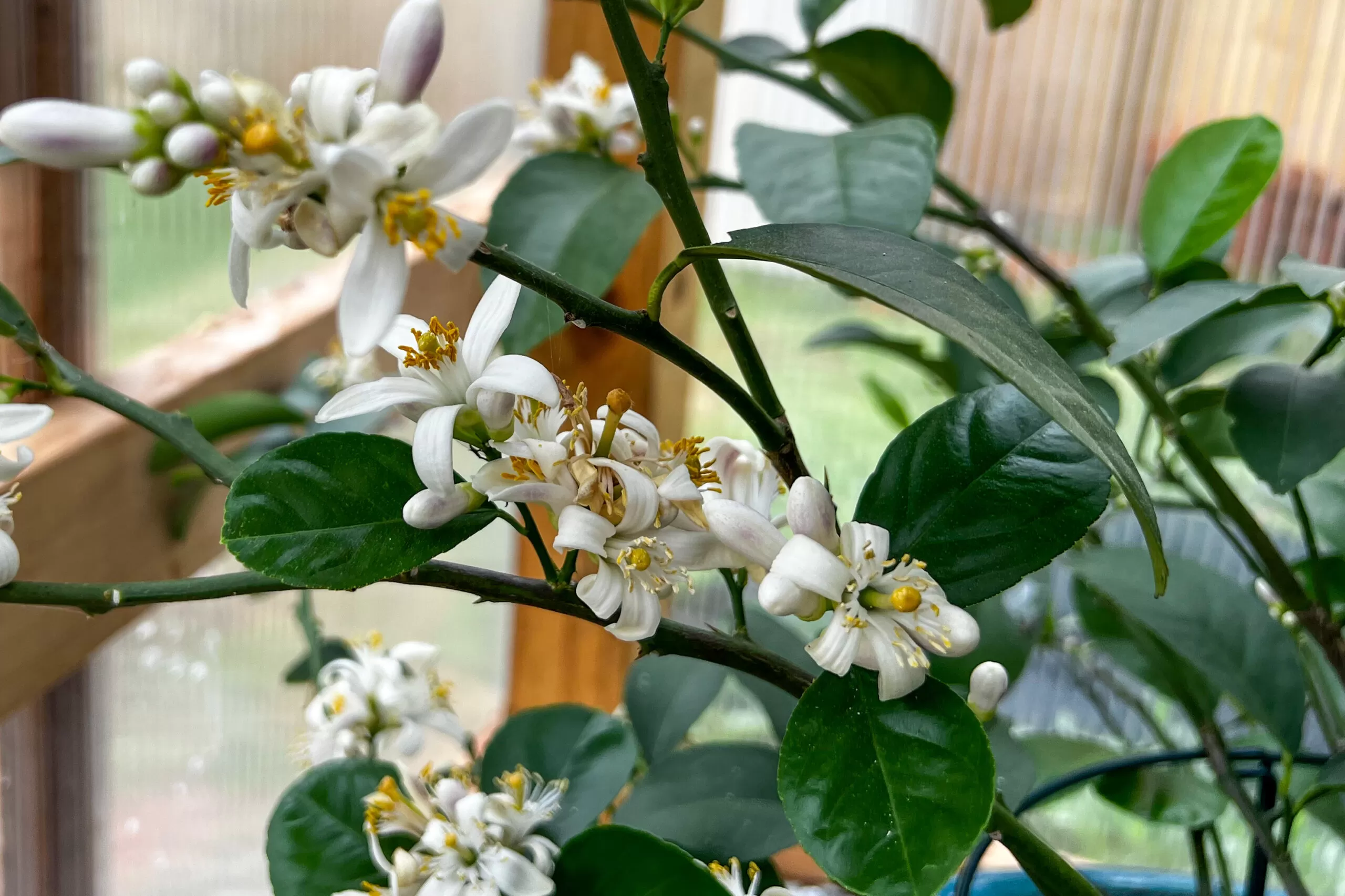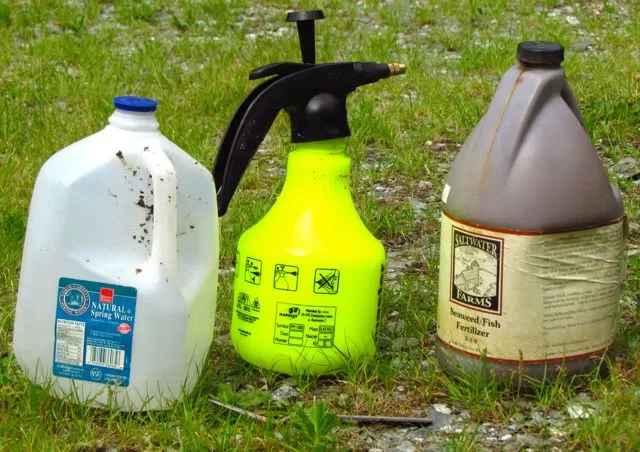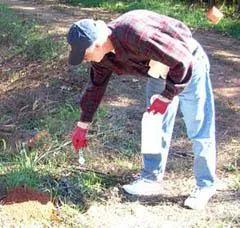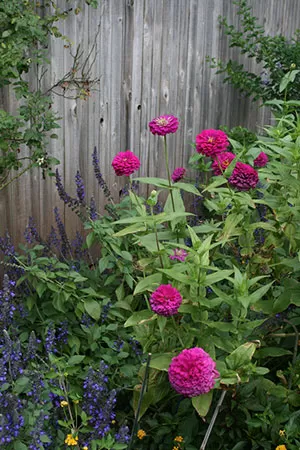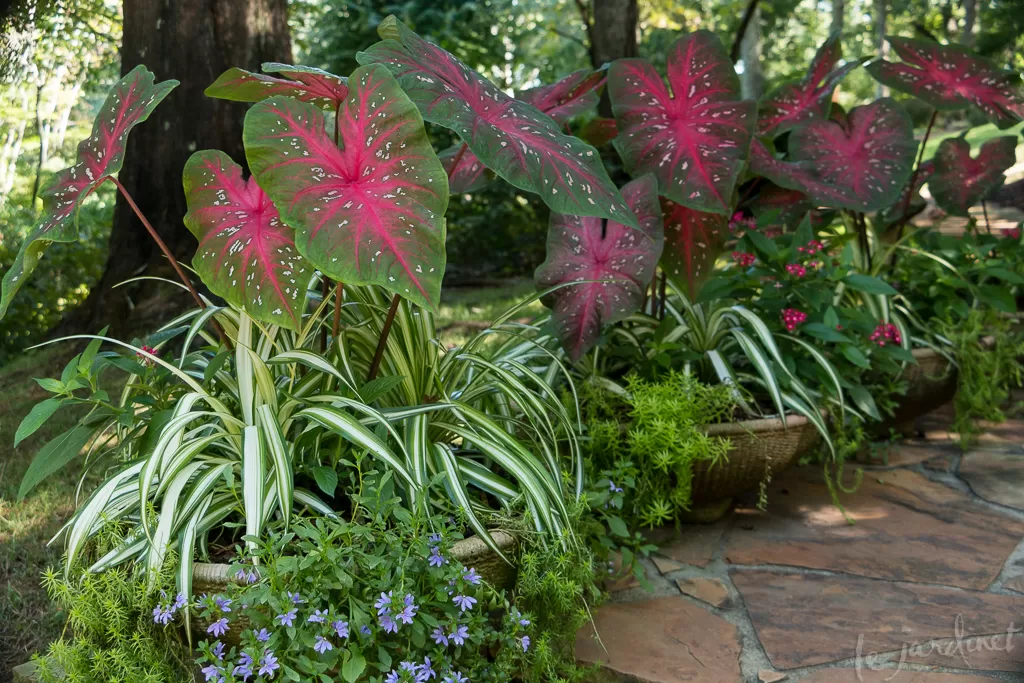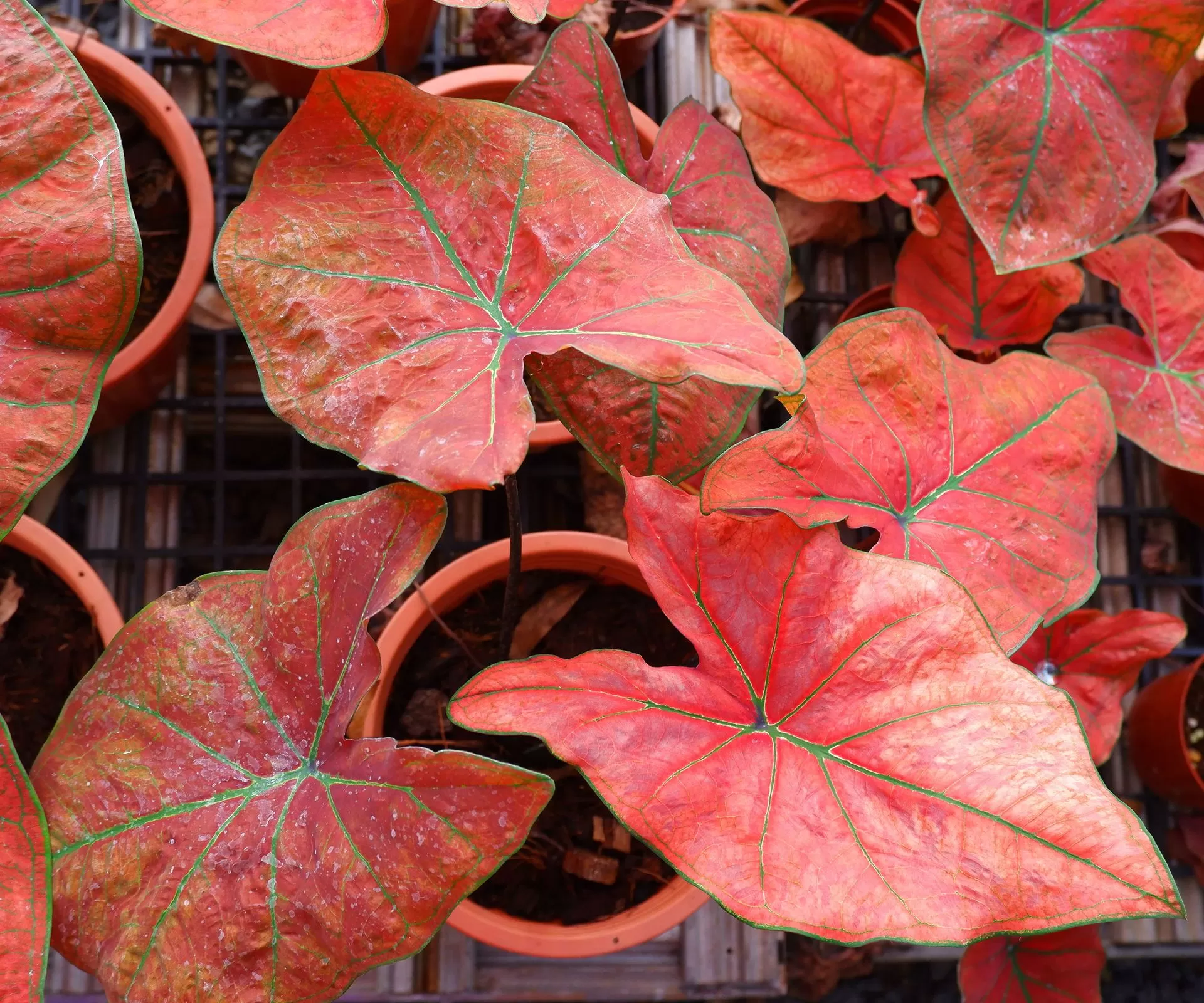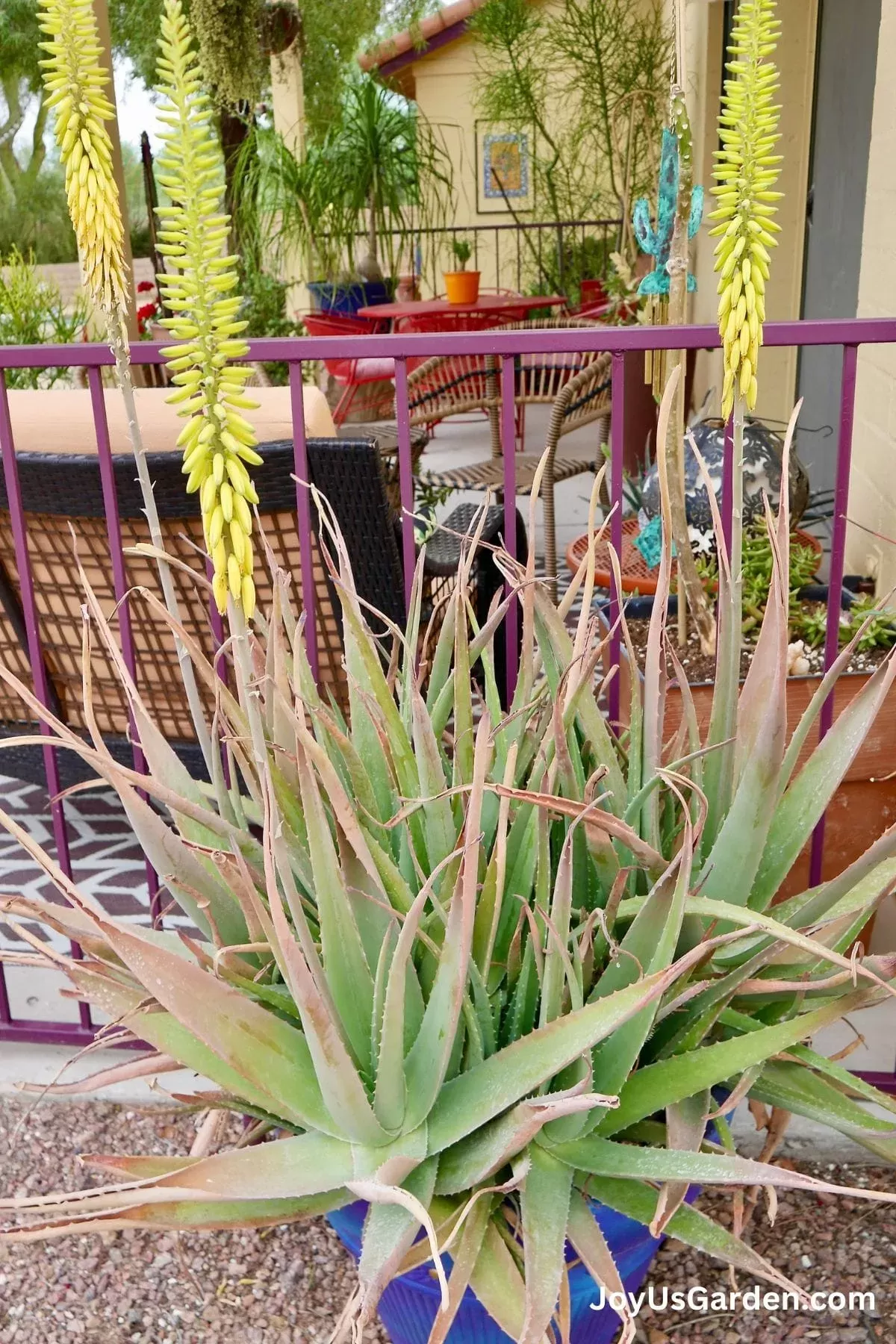- Transforming a traditional lawn into a vibrant perennial meadow is a compelling vision for a low-maintenance, biodiverse garden.
- The main challenge? Vicious competition from vigorous native grasses and weeds, especially during the perennial’s dormant phase in climates with long growing seasons.
- Academic research and real-world experiments reveal that while tough, a few specific perennial species possess traits like strong basal cover, early emergence, and spreading ability that help them survive and even thrive.
- Success often requires specific techniques like clearing areas before planting and selecting the most competitive perennial varieties.
Imagine your lawn not just as a flat expanse of green, but as a tapestry woven with colorful, resilient flowers swaying gently amongst the grass blades. The idea of naturalizing perennials into lawns – creating a kind of perennial meadow – is incredibly appealing. It promises reduced mowing, increased biodiversity, and a more dynamic, naturalistic garden aesthetic. But is it truly achievable? As someone who has explored this very concept through research, I can tell you it’s a journey with fascinating challenges and surprising insights.
Contents
The Dream: A Perennial Meadow Lawn
The vision is simple: beautiful, hardy perennials blooming directly in the turf, creating a flowering lawn that changes with the seasons. It’s an alternative to the demanding monoculture of a traditional lawn and offers a softer look than shaggy, uncut grass. Back in the late 1990s, this dream sparked small-scale experiments to see if this “perennial meadow” concept, where the grass is cut only once a year, could become a reality. The hope was to find a middle ground between boring mown grass and untidy long grass.
The Reality: Understanding the Challenges
While the idea is lovely, the reality presents significant hurdles. The biggest problem boils down to competition. Most ornamental perennials have a dormant season – a period when they die back or rest. Meanwhile, common lawn grasses and ubiquitous weeds like creeping buttercup (Ranunculus repens) are incredibly opportunistic. Give them a mild winter, and they’ll grow almost year-round. This head start allows the turf to out-compete the emerging perennials for light, water, and nutrients right when they are weakest.
This relentless competition is why you see such stunning natural wildflower meadows in places with harsh, freezing winters (like the Alps or Eastern Europe). In those environments, nothing grows from late autumn to spring, so everything starts on a level playing field. Our climates with longer, milder growing seasons are simply too favorable for grasses and persistent weeds, giving them an unfair advantage over many garden perennials.
What We Learned: Secrets to Success (or Survival)
To investigate this challenge, experiments involved clearing circles of grass (using methods like spraying or digging) and planting various perennials. The results, for the most part, highlighted the difficulty. In the second year and beyond, plants were often much smaller and weaker than they would be in a garden border, clearly suffering from the intense competition from the surrounding turf. Very few species had the inherent vigor needed to survive and prosper in this environment.
However, the research did point to some key traits shared by the plants that showed the most promise. Success seemed strongly linked to:
- Effective basal cover: Plants that formed a dense clump or mat at the base helped suppress competing growth.
- Early emergence: Waking up and starting to grow before the grass hit its stride was a significant advantage.
- Ability to spread by ramets (new shoots): Plants that could colonize adjacent areas actively were more competitive than those relying solely on a single crown.
- Root competition: The ability of a plant’s root system to compete aggressively underground likely also played a crucial role.
Which Plants Beat the Odds?
Based on these experiments, a select few perennial species demonstrated the resilience needed to potentially thrive when naturalized in grass.
Perennials Showing Promise:
-
Geraniums: Especially vigorous types like Geranium endressii, Geranium versicolor, and many Geranium x oxonianum cultivars. These hardy geraniums often form good basal clumps and can spread effectively.
- Scientific Name: Geranium endressii, G. versicolor, G. x oxonianum
- Common Name: Hardy Geranium, Cranesbill
- Why they worked: Good basal cover, ability to spread.
-
Big Inulas: Species like Inula racemosa showed significant vigor. Their large size and robust growth habit helped them compete.
- Scientific Name: Inula racemosa (and similar large species)
- Common Name: Elecampane, Inula
- Why it worked: Large size and robust growth (implied vigor).
 Large yellow daisy-like flowers of an Inula plant standing tall, representing vigorous perennials for naturalizing in lawns.
Large yellow daisy-like flowers of an Inula plant standing tall, representing vigorous perennials for naturalizing in lawns.
-
Rudbeckia laciniata: This tall, spreading Coneflower relative also proved surprisingly competitive.
- Scientific Name: Rudbeckia laciniata
- Common Name: Cutleaf Coneflower, Green-headed Coneflower
- Why it worked: Showed vigor and ability to compete.
-
Euphorbia cyparissias: While potentially aggressive in borders, its “manic runner production” made it very effective at colonizing areas within the grass.
- Scientific Name: Euphorbia cyparissias
- Common Name: Cypress Spurge
- Why it worked: Aggressive spreading habit via runners.
-
Lychnis chalcedonica: Also known as Maltese Cross, this vibrant perennial was found to do respectably well in competitive grass.
- Scientific Name: Lychnis chalcedonica
- Common Name: Maltese Cross, Jerusalem Cross
- Why it worked: Demonstrated respectable performance in grass.
-
Papaver orientale: The bold Oriental Poppy, surprisingly, also performed relatively well.
- Scientific Name: Papaver orientale
- Common Name: Oriental Poppy
- Why it worked: Showed respectable performance in grass.
Interestingly, while some plants like Asters initially did well, they eventually succumbed to other pressures like slugs, highlighting that surviving competition is only one part of the battle.
Tips for Trying This in Your Own Garden
Inspired to try creating your own perennial meadow patches? Here are a few takeaways based on the research and common gardening sense:
- Start Small: Don’t dig up your entire lawn at once. Begin with a few test areas.
- Prepare the Ground: Simply sticking a plant into existing thick turf won’t work. As the research showed, clearing the competition is key. Dig out circles or patches of grass and weeds completely before planting.
- Choose Wisely: Select the most vigorous, spreading, and early-emerging perennials you can find, focusing on the species mentioned above as potential candidates. Look for plants known for their toughness and ability to handle competition.
- Initial Care: Water new plantings regularly until they are established. While the goal is low maintenance, they need help getting started against the entrenched competition.
- Consider Your Climate: The success of naturalizing can vary greatly depending on your specific climate, soil type, and the dominant grass and weed species in your lawn.
- Annual Management: The “cut once a year” idea from the original concept might still be relevant for maintaining the ‘meadow’ feel and preventing the grass from completely overwhelming the perennials over time. Timing is crucial – typically late summer or early autumn after flowering and seed set.
Conclusion
Naturalizing perennials into lawns is not as simple as scattering seeds and hoping for the best. The intense competition from established turf is a significant barrier. However, research and experience show that with careful plant selection, focusing on species with traits like vigorous growth, early emergence, and spreading habits, and with proper initial ground preparation, it is possible to introduce beautiful flowering plants into a less-intensively managed grassy area. While it may not result in a perfect, dense perennial meadow overnight, experimenting with tough, proven species can bring delightful pops of color and increased ecological interest to your garden.
Have you tried naturalizing perennials in your lawn? What worked or didn’t work for you? Share your experiences in the comments below! And if you enjoyed this article, feel free to share it with fellow garden enthusiasts. Explore Thelittle.garden for more tips and inspiration for your Home Garden & Landscape projects!

